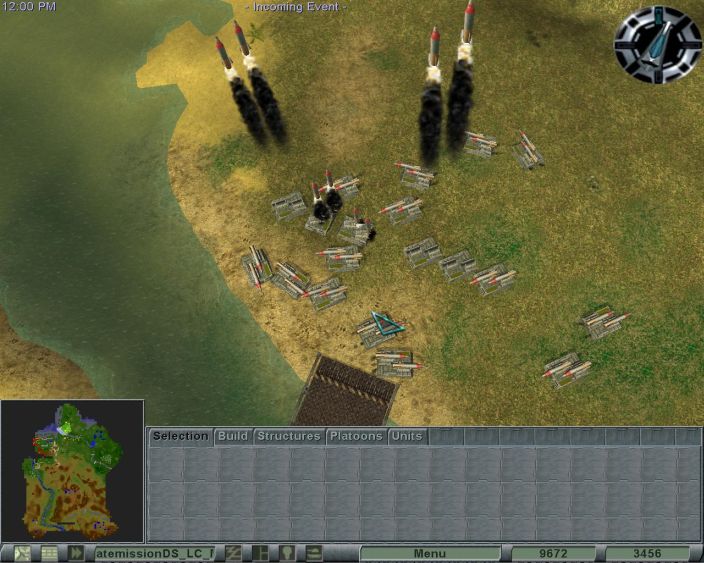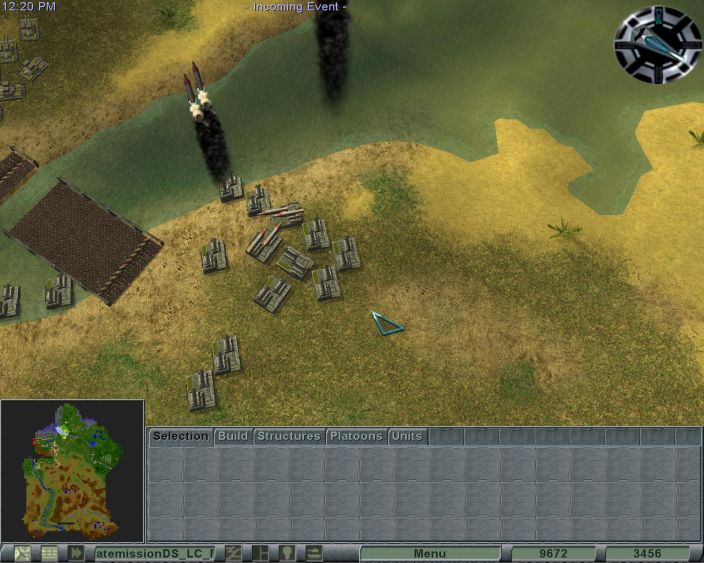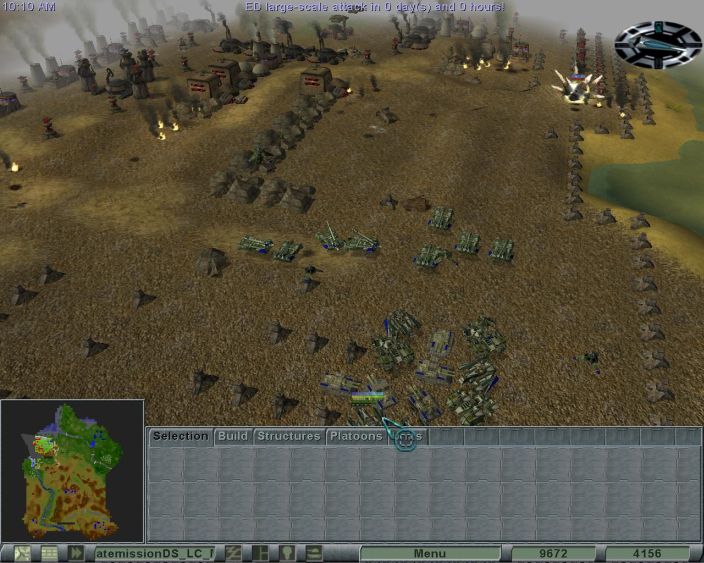

However, as Russia scholar Dima Adamsky notes, Russia appears to lack any coherent stance on the role and threats posed by low-yield nuclear weapons in official doctrine or political discourse. This article focuses on Russian attitudes and perceptions of low-yield nuclear weapons. Ermarth, Dima Adamsky, Olga Oliker, and Alexei G. 5 Observations are drawn from both Western and Russian scholars and commentators, including Fritz W.

3 Therefore, this article draws from the body of literature focused on Russian strategic culture-or the "set of shared beliefs, assumptions, and models of behavior derived from common experiences and accepted narratives" that "determine appropriate ends and means of achieving national security objectives." 4 Particular emphasis is given to the cultural factors that shape Russia's perceptual lens, or the lens through which Russian officials view and interpret U.S.

Gray, the choice to be deterred rests solely on the party to be deterred and is subject to that party's thought processes. deterrence efforts are interpreted in Russia, it is critical to understand the cultural factors that may affect Russia's worldview and decision-making processes. deterrence policies and nuclear strategy vis-à-vis Russia to prevent escalation to nuclear war. The article concludes by identifying several opportunities to build resilience in U.S. The article outlines some of the threat perceptions, military debates, nuclear policies, and potential misunderstandings in both Russia and the United States that may be fueling these threats. This article details the ways in which current American nuclear policies intended to deter Russian nuclear aggression may be introducing new threats that increase the likelihood that a conventional conflict, caused either by aggression or miscalculation, may escalate to limited nuclear war. perspective, it appears that it may also be prompting serious concern in Moscow. While this policy change may have merit from the U.S. In response to these fears, in 2018, the United States modified its nuclear doctrine and called for the renewed development of flexible, low-yield nuclear weapons to deter the possibility of Russian nuclear aggression. In 2016, former Russian foreign minister Igor Ivanov warned that "the risk of confrontation with the use of nuclear weapons in Europe is higher than in the 1980s." 1 A similar assessment was made the same year by former U.S. The breakdown of arms control agreements between the United States and Russia in recent years has challenged U.S./Russian strategic communication, increasing fears of a potential renewed build up of nuclear weapons in Europe and a heightened possibility of nuclear escalation. In recent years, tensions have flared over Russia's annexation of Crimea and advance into Eastern Ukraine, the installation of NATO troops in the Baltic states, and many additional ongoing political and national security challenges between Russia and the West. Since the fall of the Soviet Union, Russia has felt increasingly threatened by the westward expansion of NATO into Eastern Europe. nuclear policy changes aimed at curbing Russian nuclear aggression with low-yield nuclear weapons may be unintentionally contributing to a deteriorating security environment and increasing the risk of nuclear escalation. Amid increasing tensions between the North Atlantic Treaty Organization (NATO) and Russia in Eastern Europe, recent U.S.


 0 kommentar(er)
0 kommentar(er)
